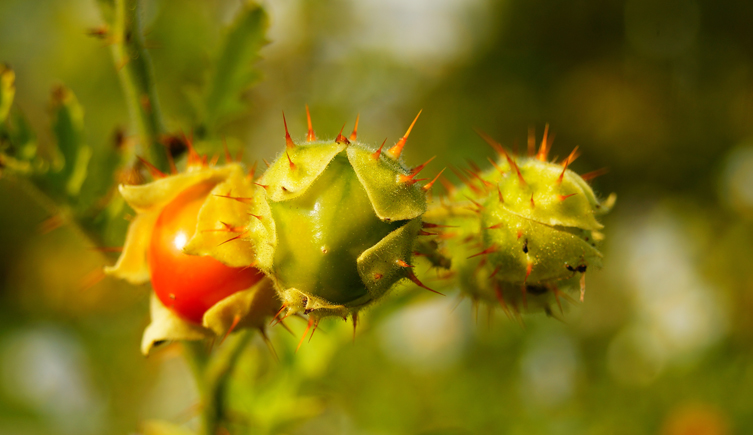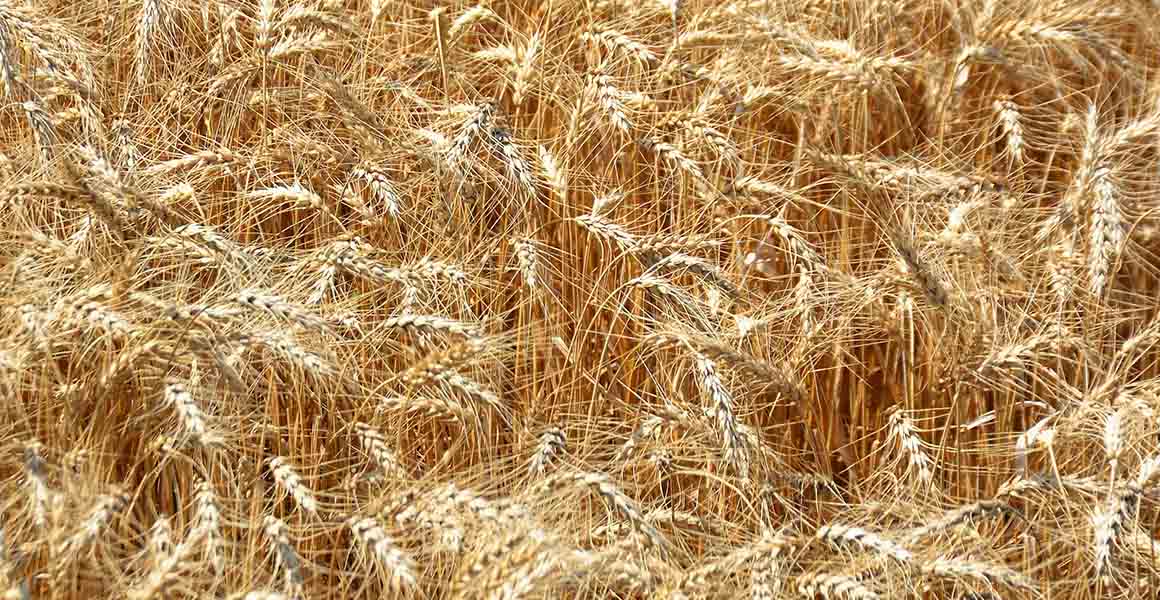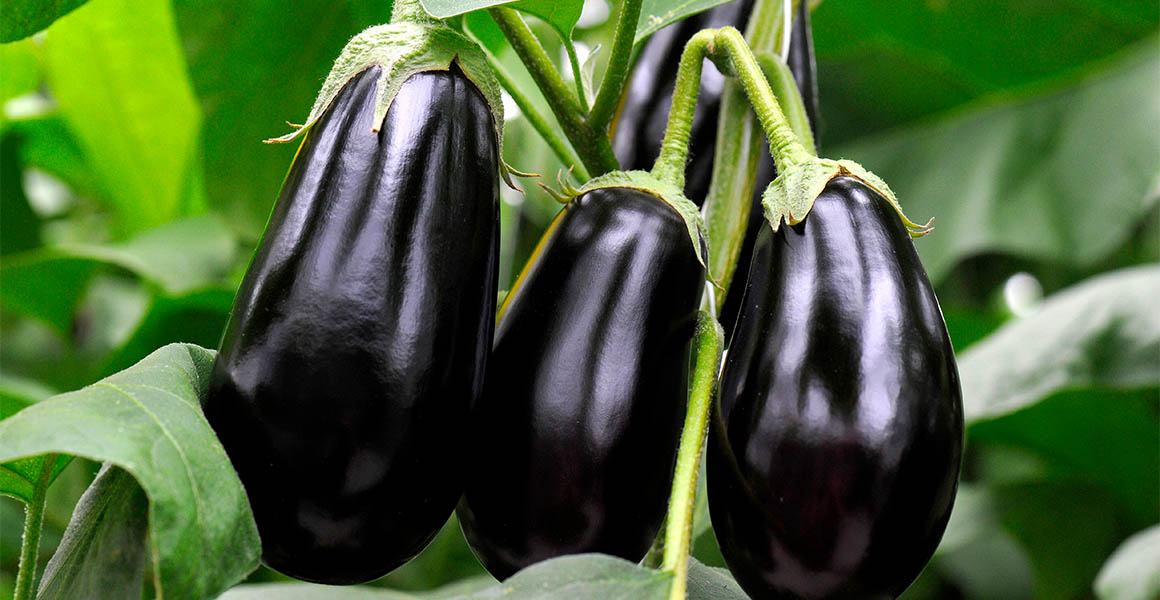Researchers have been able to modify the genes of flowering plants to remove their prickles, which could have huge benefits for agriculture.

Gene editing can be used to remove prickles from flowering plants © Sandra Knapp
Getting food from a field to the table can sometimes be a prickly situation.
Small, sharp projections known as prickles can be found on the leaves and stems of many plants, including some crops. But these pointy features can make harvesting and transporting food a challenge for farmers.
But now scientists have been able to locate and modify the part of a gene which is responsible for producing prickles in many species of flowering plant. By altering the genes, they have eliminated the trait in a number of plants, including aubergines.
Aubergines, which are also known as eggplants, often have prickles on their calyx, which is the leafy part at the top of the fruit.
Dr Sandra Knapp, a Natural History Museum scientist and co-author of the new paper, says, “Eggplants are usually transported with the calyx still attached, and so the prickles can cause damage by piercing the flesh of the fruit that is next to it, so having a prickle-less eggplant is important. If you can get rid of the prickles on the calyx, you can probably pack more eggplants into a box, and they wouldn’t get damaged in transit.”
Details of this study have been published in the journal Science.

Small prickles on the stems of aubergines can pierce the fruit © diignat/ Shutterstock
How have scientists removed prickles?
Eggplants belong to the genus Solanum, which contains over 1,200 plant species which all share a common ancestor. As well as aubergines, this group also contains other food crops of high economic importance, such as potatoes and tomatoes.
Prickles are one of the defining characteristics of the largest group of Solanum, the so-called “spiny” solanums, but this feature has been lost multiple times across the group. Sometimes, even within a single species, some populations have prickles and others don’t, including in aubergines. Domesticated aubergines usually only have prickles on the calyx, but the wild relatives have prickles all over the plant.
Scientists were interested in the evolution of this characteristic and if they could pinpoint the gene or genes responsible for loss of prickles in this otherwise prickly group of plants.
Researchers looked at a number of Solanum species and were able to identify that the trait was caused by mutations in the genes called ‘LONELY GUY’ (LOG), which code for an enzyme that then produces cytokinin. Cytokinin is a hormone that affects the growth and development of plants.
They then used the gene editing technique called CRISPR-Cas9 to remove prickles from domesticated aubergines and a wild species from Australia that is foraged by Indigenous communities.
Scientists are also looking at the different applications of this technique on different food crops.
“There is a plant called Solanum sisymbriifolium, commonly known as vila-vila, that has these tasty red fruits, and people want to develop it into a harvestable commercial crop,” says Sandra.
“The issue is that it’s super prickly to the extent that even cows won’t eat it! These plants invade over-grazed pastures in South America, sort of like thistles in over-grazed pastures here in the UK. But by altering the genes, plant breeders could remove the prickles from vila-vila, which could develop it into an alternative fruit crop for local communities.”

Removing prickles in the vila-vila plant can enable Indigenous communities to use a variety of local food sources. © Wirestock Creators/ Shutterstock
What are prickles and why do plants have them?
Prickles, spines and thorns are terms that are often used interchangeably, but they are each defined by the type of tissue they are made from.
Prickles are epidermal outgrowths, which means they are a growth from the skin of the plant. Spines are firm and slender structures that are modified leaves or stipules, appendages found at the base of a leaf’s stalk. True thorns are modified branches, plants like citrus have spiky parts sticking out of the ends of the branches, these are thorns.
Although roses are commonly said to have thorns, the hooked spiky parts are actually prickles. Scientists looked at roses and found that the same family of LOG genes are also involved in producing these epidermal prickles.
Prickles are thought to have appeared at least 28 times across flowering plants by convergent evolution. This is when a similar trait evolves independently across different species and is not inherited from a common ancestor. But why plants evolved prickles is not entirely clear.
“Prickles are thought to be a defence against herbivores, but they are completely ineffective to a certain extent,” says Sandra. “They aren’t very good against caterpillars, as these smaller animals can just go around them. They might be more of a deterrent against mammalian herbivores, which have soft mouths, but many will still eat them. Elephants and antelopes, for example, happily munch on prickly eggplant relatives in the savannas of Africa.”
“But a trait doesn’t always necessarily have a clear adaptive reason. In the case of Solanum plants, prickles are there because they are shared in the common ancestor and might not necessarily have an obvious practical use.”
Read more
- Read the paper in full published in Science.
- Find out what else Dr Sandra Knapp is working on.

Protecting our planet
We're working towards a future where both people and the planet thrive.
Hear from scientists studying human impact and change in the natural world.




Don't miss a thing
Receive email updates about our news, science, exhibitions, events, products, services and fundraising activities. We may occasionally include third-party content from our corporate partners and other museums. We will not share your personal details with these third parties. You must be over the age of 13. Privacy notice.
Follow us on social media